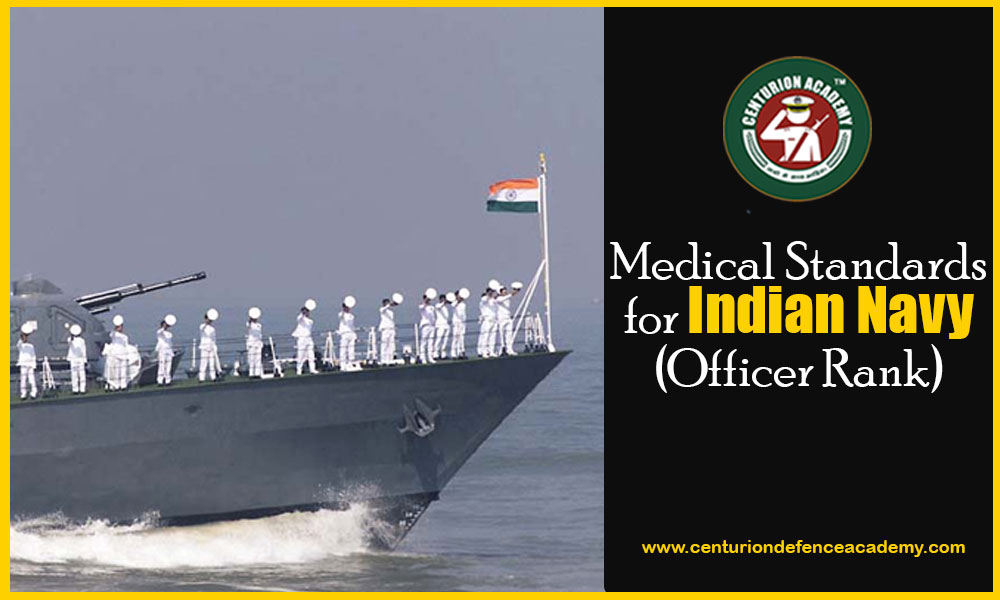
Medical Standards for Indian Navy Officer Rank
VOYAGE TO THE DEEP BLUE OCEAN
The rising waves of crystal clear sea, the idyllic state of emotion on a ferry while crossing the water, and of course the repute of white uniform- such is the cliché picture of Indian Navy!
But do dreams alone achieve goal? No, because when alone, dreams are only vain.
Symbolically, Indian Navy is a dream of thousands but only those who jam their dream with relentless preparation and a fulfilling beforehand knowledge of selection procedure make their way. Split into three Commands- the Western, Eastern and Southern Naval Command, Indian Navy is a major pillar of the Indian Armed Force. The President of India plays the role of Supreme Commander in Indian Navy. Having a count of more than 60, 000 personnel, the Indian Navy carries rescue operation in time of emergencies such as flood, cyclone, etc. More so, land and water go hand in hand. To safeguard India’s maritime border and interests+ to defeat the encroaching enemy aim are the central concern of Indian Navy.
To share the prestige of Indian Navy, you need to clear a written exam+ interview+ medical assessment. Limping onto the third test, I will like to call your attention to the medical standards required for Navy (officer rank):
- Post your selection in SSB Interview, you will be sent to the nearest Service hospital for medical examination.
- This medical analysis involves SMB, AMB, RMB
- SMB refers to the special medical board wherein candidates are taken to the assigned hospitals and declared fit/ permanent unfit/ temporary unfit within 3- 4 working days
- Those who fail in SMB are eligible for AMB, that is, Appeal Medical board after depositing sum of 40 ruppees within 42 days of SMB.
- Under the RMB, the review medical board, the President of India counsels the students and intimate them for medical test conducted at the Army Hospital in New Delhi.
- Talking about the physical standards, the minimum height is 157 for male and 152 for female. There is a generous scope for relaxation for Gorkhas, tribal people, residents of North Eastern region and Andaman & Nicobar Islands.
- Other measures include: sitting height- 81.5 cm- 90 cm; leg length- 99 cm- 120 cm; thigh length: 64 cm
· A general idea of height- weight pair includes:
| AGE | HEIGHT | WEIGHT |
| 15 | 165 | 48 |
| 30 | 175 | 65 |
| 32 | 175 | 64 |
| 18 | 180 | 62 |
Visual standards for Officer’s entry in Navy include:
| ENTRY | CORRECTED VISION | HYPERMETROPIA | MYOPIA | BINOCULAR VISION | COLOUR PERECEPTION |
| NAIC | 6/6 | +3.5 | -3.5 | III | II |
| LAW | 6/6 | +3.5 | -3.5 | II | III |
| EDU | 6/6 | +3.5 | -3.5 | II | III |
| LOG | 6/6 | +3.5 | -3.5 | II | III |
| IT | 6/6 | +3.5 | -3.5 | II | III |
| ATC | 6/6 | +3.5 | -7.5 | III | II |
| TECH | 6/6 | +3.5 | -3.5 | III | II |
- LASIK surgery: candidates must have gone LASIK surgery not before 20 years of age
- Tattoos are allowed only in the inner part of the forearm
- The applicants must also take care of the following factors: clear speech; no glandular swelling; normal hearing; free and appropriate movement of joints; no hernia; normal toe and feet; no defects or acute disease; sound lungs and normal chest.
So that’s the story of medical standards of Navy in a nutshell. Cross check your Navy medical eligibility with the above fact checker and turn your dream of diving the Indian waters into reality!


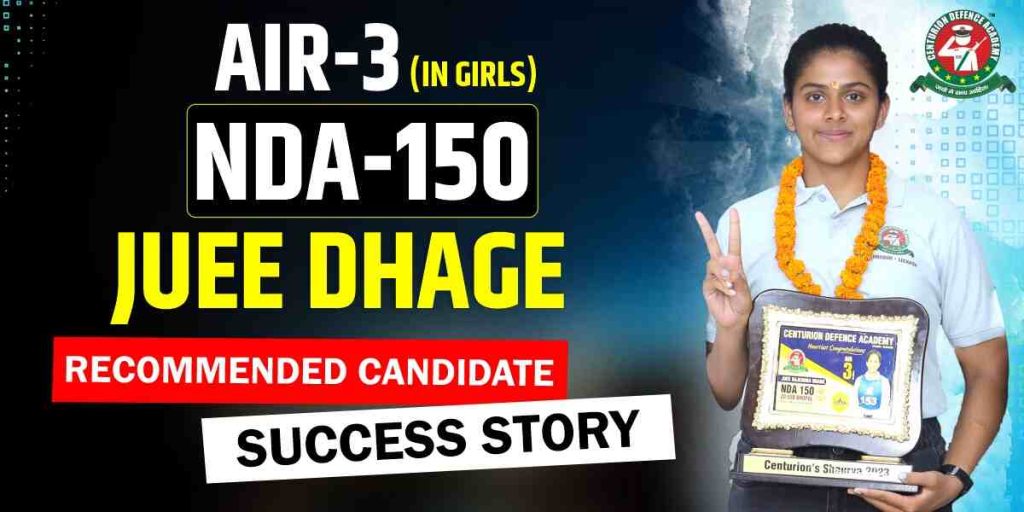






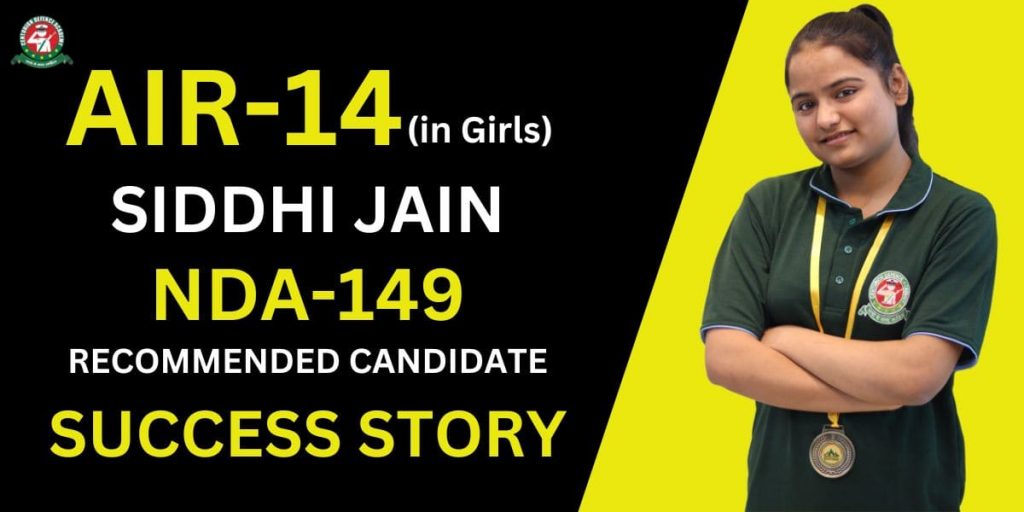

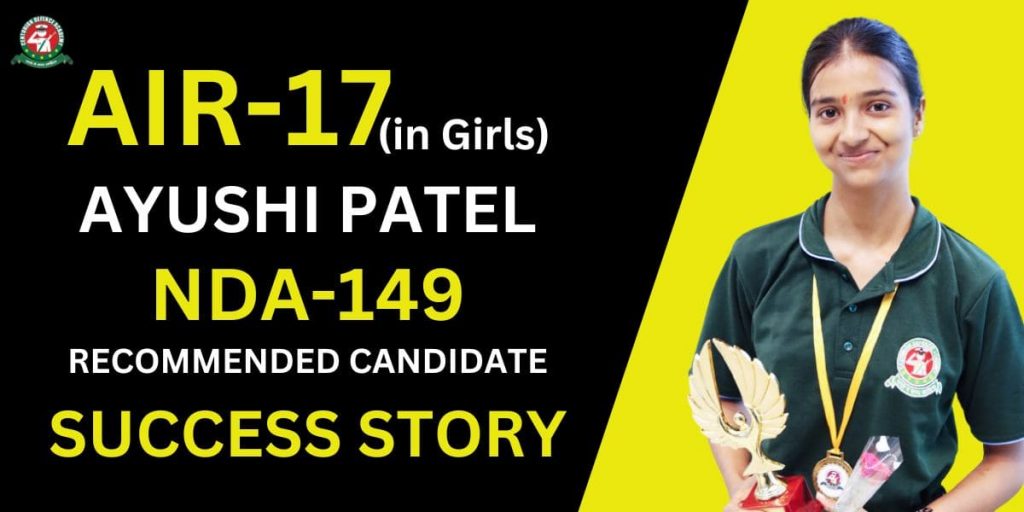




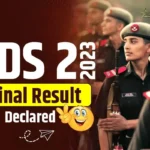

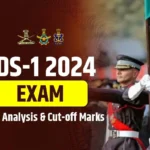




Leave Comment